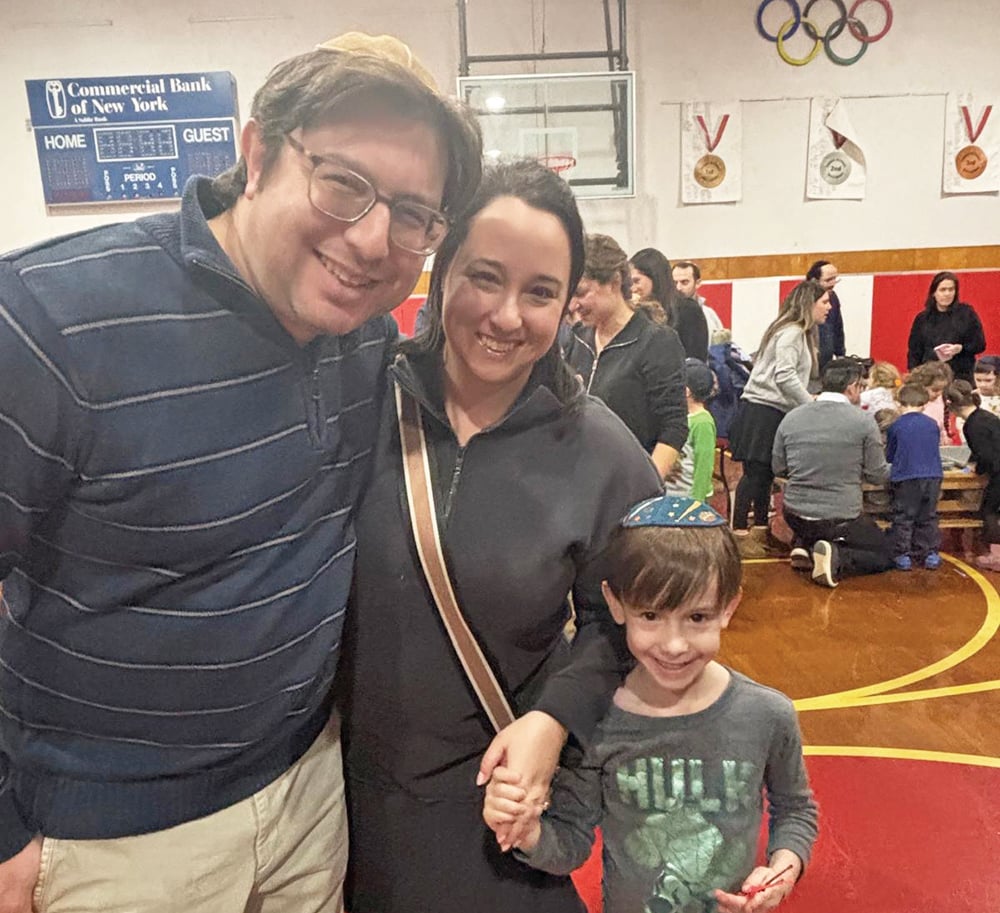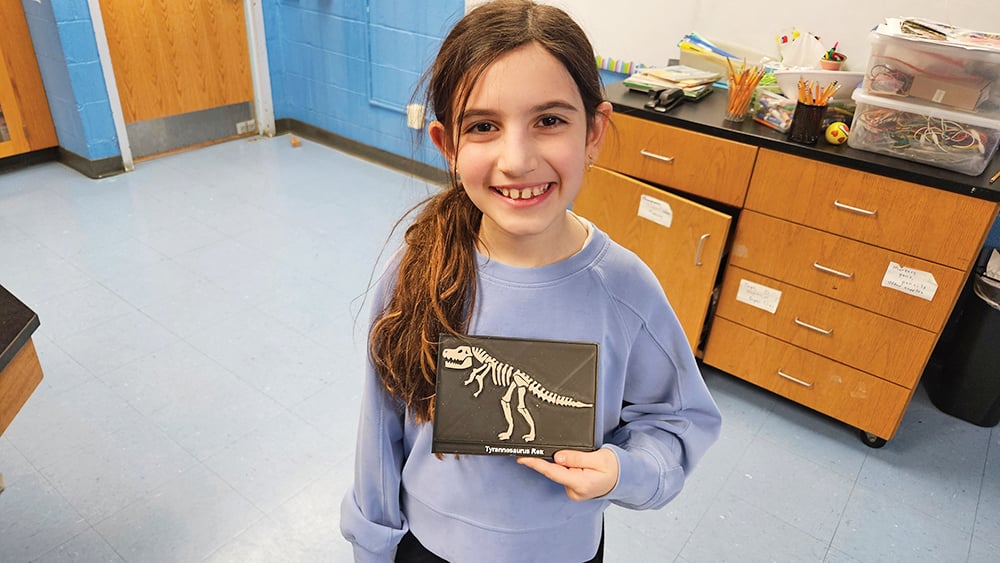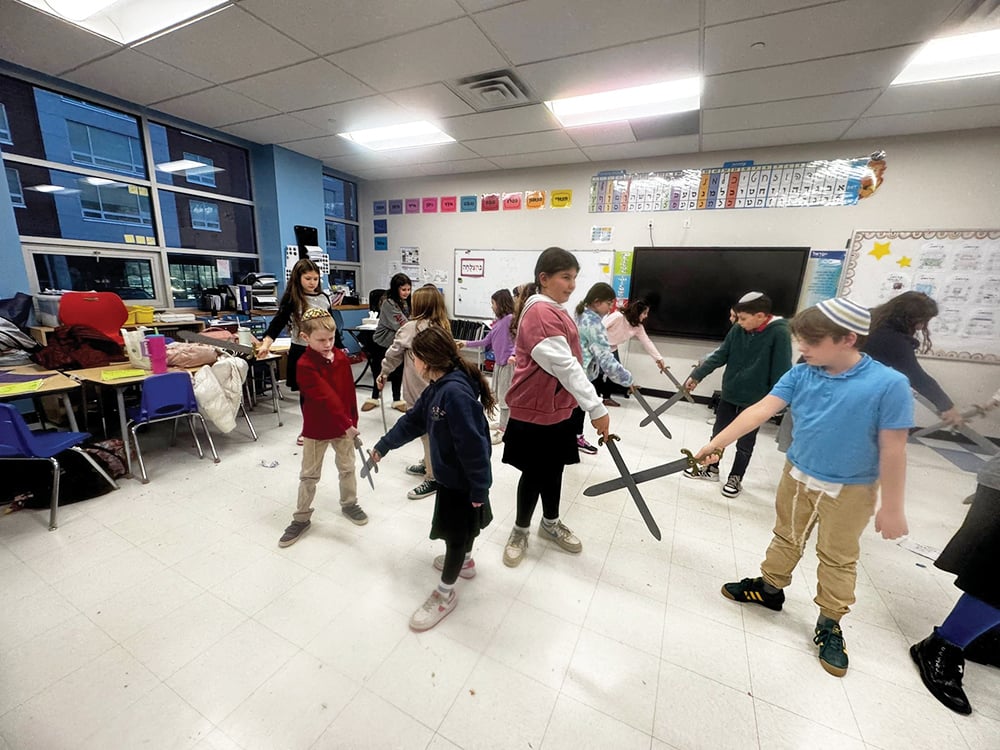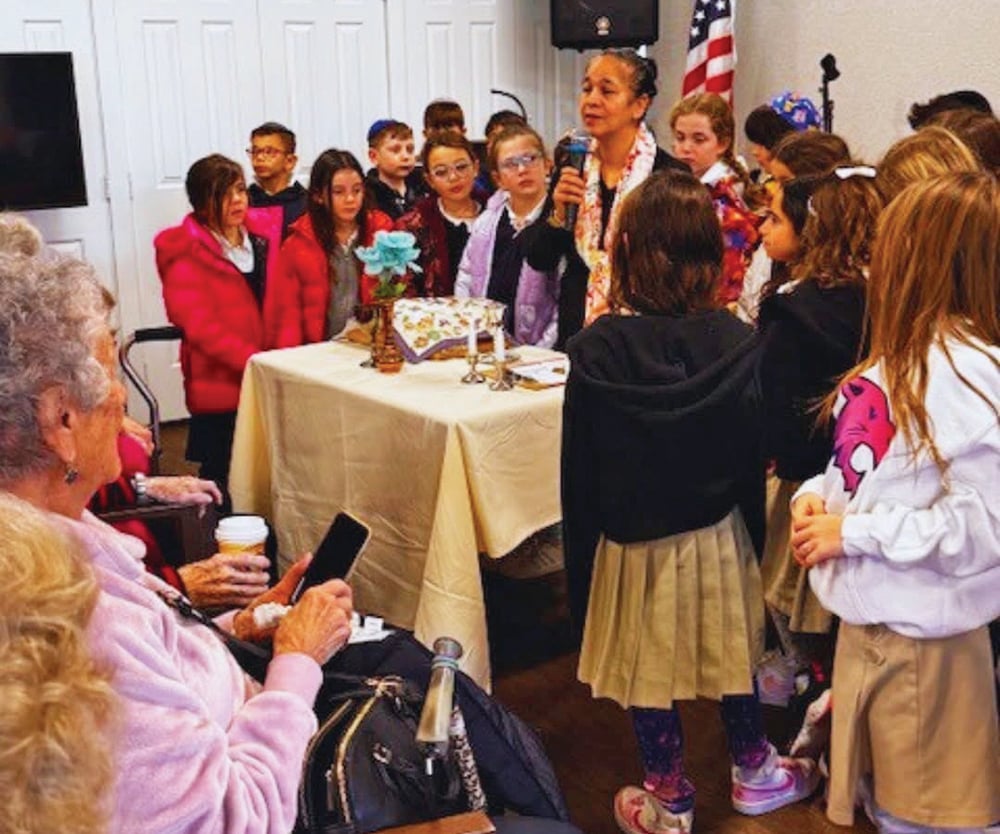It’s a perfect holiday for a messed-up, broken-down kind of moment in time.
Most Jewish holidays are easy to explain to your non-Jewish colleagues. Many, if not most, know about Passover, and after enough years with enough Jewish colleagues, they know not to schedule too many meetings in September because of the High Holidays. But what of Sukkot? You’re doing what now with a palm frond? How long exactly do you plan on living in a hut? Will you ever move back into your house? Sukkot is particularly challenging because, if we’re honest, Jews have a hard time explaining exactly what it’s about. Of all of our holidays, Sukkot is arguably most in need of an episode of VH1’s “Behind the Music.”
Sukkot has long been misunderstood, if not ignored entirely. That’s not surprising: It did, after all, revolve around the Temple in Jerusalem, and after the First Temple was destroyed, we nearly forgot about the holiday. Chapter 8 of the book of Nechemiah, for example, describes a befuddled Jewish people seemingly rediscovering Sukkot and wondering what it was all about. The holiday had its moment throughout the duration of the Second Temple, with Jews once again making the pilgrimage to Jerusalem and living in their huts, but then the Second Temple, too, was destroyed, and the festival of Sukkot, so intertwined with the Temple experience, needed to be reimagined. As described by professor Jeffery L. Rubenstein, “The destruction of the Second Temple in 70 C.E. left rabbinic Judaism with the question of how to celebrate Sukkot, a Temple festival, without a Temple.” For Jews, explains Rubenstein, “the Temple, then, was not only the house of God, but God’s house: invulnerable, eternal and permanent.” The Talmud’s Tractate Sukkah, then, teaches us how to rebuild a different kind of home with God: vulnerable, temporary and resilient.
Five days prior to Sukkot, Jews spend their entire day in shul on Yom Kippur. Congregations dress in white, we reflect on our lives, we return to some idealistic expression of ourselves that normally feels out of reach. And on Yom Kippur we make all sorts of promises about how we are going to change, promises to avoid sin, promises to transform our mundane lives into something loftier, something transcendent. But here’s the thing about promises: They are almost always broken. My life is littered with the shards of broken Yom Kippur promises. As hard as I grasp onto Yom Kippur, as much as I try to pin down my promises, they always manage to wiggle away from my grip.
That is precisely why the final law of Yom Kippur is to begin building a sukkah. And that’s what Tractate Sukkah is all about—learning to become comfortable with life’s ever-changing, ever-dissipating, ever-evolving nature.
Sukkot picks up the broken promises of Yom Kippur and teaches us how to build with materials that are meant to be broken and rebuilt. When your religious pledges deteriorate into splinters and slivers of a once magnificent edifice, you need a holiday that reminds you that a broken home is still a dwelling and that it’s always the right time to rebuild.
“I don’t know why we long so for permanence,” writes the philosopher and physicist Alan Lightman, “why the fleeting nature of things so disturbs.” Lightman, in his essay “The Temporary Universe,” ponders why humanity so desperately seeks durability. As a scientist, Lightman understands that the world itself is designed to change. Nonetheless, “with futility, we cling to the old wallet long after it has fallen apart … We clutch our old photographs … Yet, in every nook and cranny, nature screams at the top of her lungs that nothing lasts, that it is all passing away.” Most of our lives are spent avoiding the dread of impermanence. We hang up plaques, scroll through old texts reliving relationships long gone, dye our hair, and tend to our legacies. Our lives can sometimes feel like a strange hybrid of Sisyphus and Ozymandias, as we endlessly trod up the hill of permanence to proclaim, “Look on my works, ye Mighty, and despair!” only to tumble downward where nothing beside remains.
Leave your permanent dwelling and reside in a temporary residence, says the Talmud of the sukkah experience. There is a minimalism to the sukkah that weans us from the trappings of permanence. As my friend Yehuda Fogel wrote, “to weave together a world with breaches, a world that doesn’t quite come together as a complete house of narrative, we must be creative.” We allow certain leniencies for the sukkah through the legal innovations that can bend walls and see enclosures when there are none. Unlike a four-walled home, the sukkah itself only requires two walls and a little bit—like an arm bringing a friend close for an embrace.
Like many Jews, most of the year my sukkah lives in my garage. After a glorious week of embracing impermanence, each board, each piece of s’chach, those laminated posters and plastic fruit are carted off to our garage where they quietly sit and slowly accumulate piles of dust, discarded toys, outgrown car seats and rollerblades on top of them. But even in my garage, even covered in junk, it is still called a sukkah. And this, explains Rabbi Yehudah Lowe of Prague, is the essential difference between a home and a sukkah. A destroyed home, a collapsed building, is no longer a house—it’s broken, it’s a pile of rubble. A home built in that space is a new home, a different entity. Not my sukkah in my garage. A sukkah is made to take apart and rebuild—even disassembled it is still my sukkah. We learn resilience and how to reassemble from our sukkah.
And that is what learning Tractate Sukkah taught me. Instead of building my Jewish identity like a house—firm, stable, unmoving—I learned to become more like a sukkah. Instead of staring at the rubble of my Jewish ideals, promises and commitments with a crestfallen sorrow exhausted to build again from scratch, a sukkah creates a world meant to be rebuilt, reassembled and reimagined. When your Jewish identity is built as a sukkah, even when it collapses, it still endures. A reminder, as Rav Tzadok of Lublin explains, of the essential quality of Jewish identity: never losing hope. The cycle of Jewish history—exile and redemption, building and rebuilding, wholeness and brokenness—is explained by the Prophet Amos (9:11) as rebuilding a fallen sukkah. And like the holiday itself, and like the edifice itself, no matter how much the Jewish people may fall, we are still the Jewish people and will be rebuilt once again. And again. And again.
הדרן עלך מסכת סוכה והדרך עלן
Dovid Bashevkin is the director of education for NCSY and an instructor at Yeshiva University.













